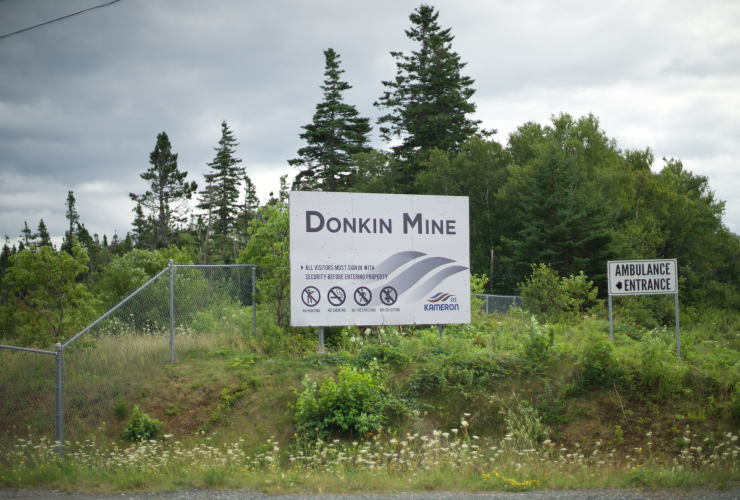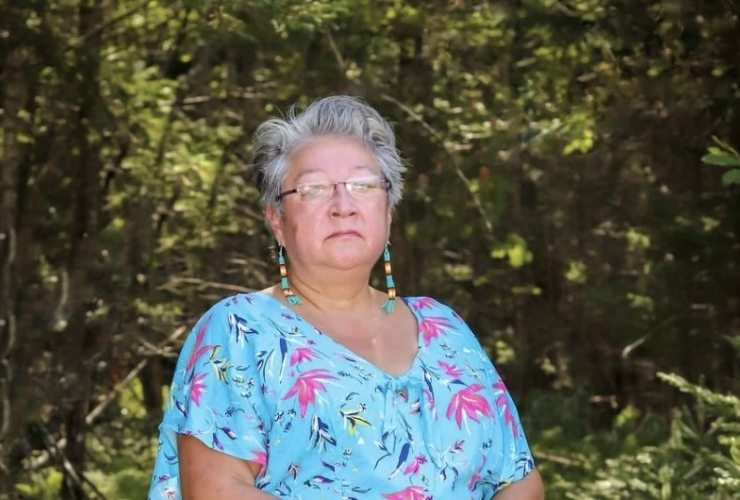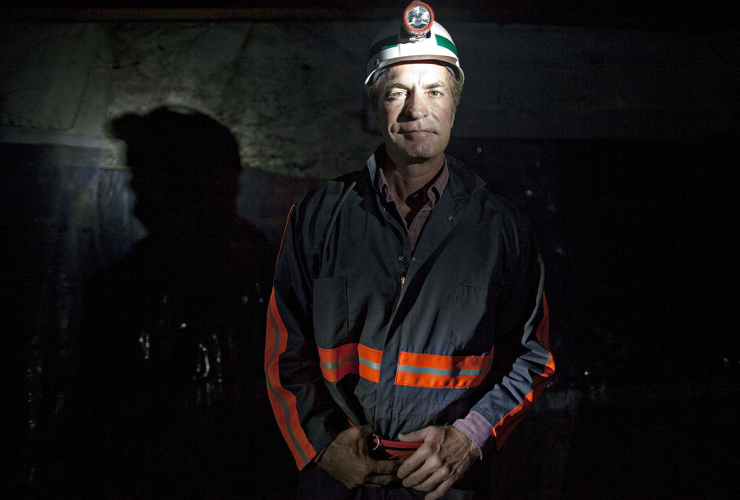Canada’s only underground coal mine is now subject to its home province's new carbon pricing system.
The Donkin mine in Cape Breton, N.S., was classified as a “large emitter” by the province last week. The designation — which applies to any operation that emits at least 50,000 tonnes of carbon dioxide equivalent each year — means it is required to participate in the province’s output-based pricing system, an alternative to the federal carbon price.
The province says the output-based pricing system, approved last week through an order in council, is the first step in a “series of regulations” that will be announced throughout the rest of the year. An October press release said: “If emitters do not meet their target, they will have to pay a carbon price.”
The output-based pricing system for industry replaces the province’s previous system, a cap-and-trade model where polluters that exceeded the 50,000-tonne limit could buy credits from lower-emitting companies.
The Donkin mine never participated in that program. In 2018, the federal government exempted fugitive methane emissions from underground coal mines from cap and trade as long as the province was meeting emissions targets. Until now, no financial penalties have ever been levied against the underground mine for greenhouse gas pollution, regardless of how high its emissions were.
Methane is a greenhouse gas roughly 25 times more potent than carbon dioxide over the course of a century, according to the government of Canada, making its reduction essential for Canada in reaching its near-term climate goals.
In 2017, before it was exempted from cap and trade, Donkin emitted 76,337 tonnes of greenhouse gas emissions. Community liaison committee meeting minutes from June 2022 provided to Canada’s National Observer show the mine’s emissions during 2019 soared to a total of almost 423,000 tonnes, or eight times the threshold. That’s the same emissions as 91,143 gas-powered cars for a year. After that, the mine closed in 2020 before reopening again last September.

Donkin’s owner, Kameron Coal, did not respond to a media request for a statement on the large emitter designation.
The pricing system follows talks with Ottawa, which initially allowed provinces and territories to request their own carbon tax system and method for pricing pollution from big industry within their borders. Nova Scotia’s proposal to avoid a carbon tax was rejected by the federal government in August. Federal Environment and Climate Change Minister Steven Guilbeault announced in November that Nova Scotia, Prince Edward Island and Newfoundland and Labrador will see a carbon tax on gasoline, diesel and home heating fuel come July 2023.
An initial proposal from Nova Scotia Premier Tim Houston to end the cap-and-trade system was also rejected in August, with Guilbeault saying the plan included “no replacement that would put a price on pollution.”
In October, Houston put forward the current large emitters program, which Ottawa accepted.
The province says the Donkin mine is the second largest greenhouse gas emitter in Nova Scotia, behind Nova Scotia Power. Concrete manufacturer Lafarge Canada is also in the program.
In a statement to Canada’s National Observer, the province’s Department of Environment and Climate Change said because Ottawa exempts the type of methane emissions that come from underground mines, “whether to include these emissions is a provincial government decision.”
“As part of our commitment to holding large emitters accountable, we decided that they would not be exempt from the (output based pricing system),” said the department.
“This means Donkin will be required to register under the (pricing system) just like all other large emitters emitting greater than 50,000 tonnes annually.”








Comments